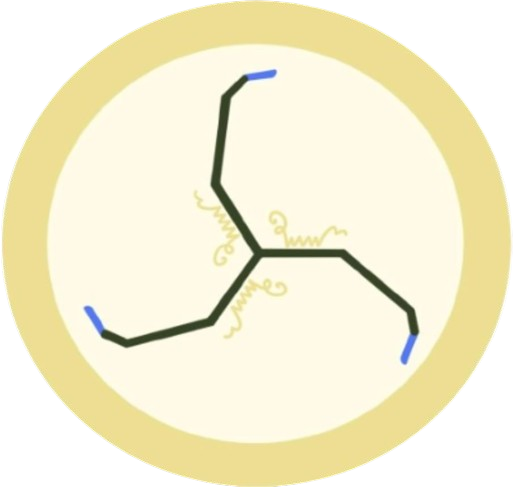From ancient tribal rhythms to contemporary symphonies, music has served as a powerful vehicle for communication and connection. But what is it about music that grants it such transformative power? In recent decades, it’s been found that music activates a complex network of brain regions—ranging from those involved in emotion and memory to those responsible for motor coordination. As we deepen our understanding of these mechanisms, we uncover possibilities for music’s application in therapy, education, and mental health.
Memory and Rehabilitation
Music’s influence on memory recall has been widely documented, especially through musical mnemonics and its impact on individuals with cognitive impairments like dementia. Musical mnemonics pair melodies with information to help improve memory retention by leveraging rhythm and melody to create strong associative links in the brain. For example, familiar tunes used to teach concepts or facts can significantly enhance recall in educational or language learning.
In patients with dementia, music therapy became a powerful tool to help trigger autobiographical memories, improving mood and communication. Studies using Functional magnetic resonance imaging (fMRI) have revealed that music engages brain areas like the hippocampus and amygdala, involved in memory and emotion, even when other cognitive functions are impaired. This suggests music can bypass neural degradation, allowing patients to reconnect with past experiences and emotions.
In a similar case with strokes, Rhythmic Auditory Stimulation (RAS) is a therapeutic approach that uses rhythmic cues, like metronome beats or music with a steady tempo, to enhance motor function and movement control. In stroke rehabilitation, RAS helps stimulate the auditory-motor coupling network, improving the brain’s ability to process and integrate timing information for more precise and fluid movement patterns. Even in cases where a stroke damages direct motor pathways, rhythmic cues can facilitate the use of alternative neural routes, promoting motor recovery through neuroplasticity—the brain’s ability to reorganize and form new connections.
In addition to music’s role in cognitive impairment, it’s also been shown to improve concentration and performance. For example, a study conducted in China using electroencephalography (EEG) has indicated that listening to music can significantly alter brainwave activity. The primary brainwave frequencies associated with focus and concentration are alpha (8-13 Hz) and beta waves (13-30 Hz). Alpha waves, associated with relaxed focus, can be increased by instrumental or ambient music, reducing stress and aiding concentration. Beta waves, linked to active focus, are boosted by upbeat music, promoting more engagement. It can also induce positive emotional states by releasing dopamine, boosting overall task performance.
Emotional Response to Music
This dopaminergic response not only enhances our emotional state but also helps us process and regulate emotions. When we listen to music, especially pieces we find enjoyable, the brain’s reward system, including regions like the nucleus accumbens, ventral striatum, and orbitofrontal cortex, becomes highly active, triggering the release of dopamine, a neurotransmitter associated with pleasure and reward. Music can also reduce cortisol levels, the hormone tied to stress as well as modulate the autonomic nervous system—slowing heart rate, reducing blood pressure, and inducing relaxation—, helping manage anxiety and depression.
However, when listening to sad music, the amygdala, which processes emotions like fear and sadness, becomes highly active. It also engages the medial prefrontal cortex, which involves introspection and personal reflection. This activation allows sad music to often resonate with our memories or evoke empathy, making the experience feel deeply personal. Nonetheless, sad music can still stimulate the brain’s reward centers, which explains why some find comfort or emotional release in these melancholic melodies.
Music’s profound influence spans various aspects of cognitive and emotional functioning—transcending mere entertainment to become a powerful tool for therapy, learning, and emotional regulation. It’s not just a soundtrack to our lives but a dynamic force that shapes and enriches our human experience.
- Francia-Biel Poma
Sources:
- https://www.ajnr.org/content/31/9/1549.
- https://link.springer.com/article/10.1007/s11065-023-09585-4.
- https://www.ncbi.nlm.nih.gov/pmc/articles/PMC8582661/.
- https://www.jneurosci.org/content/42/45/8498.
- https://www.researchgate.net/publication/370560301.
- https://www.ncbi.nlm.nih.gov/pmc/articles/PMC4311618/.

